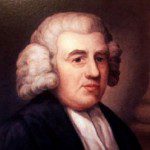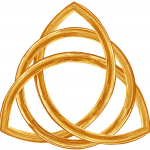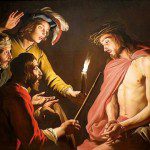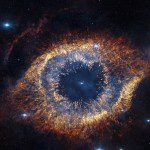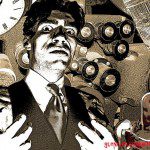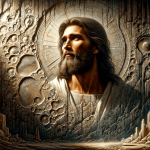. . . as Michael Voris thinks? Former slave trader John Newton (1725-1807), who wrote the words to Amazing Grace, c. 1780 [public domain / Wikimedia Commons] (11-1-10) Michael Voris did a video about the song Amazing Grace, claiming that it is “anti-Catholic”. Is this indeed the case? * * * * * I think it is an interesting presentation, but I believe that Voris’ negative conclusion about Amazing Grace as an “anti-Catholic” song is absurd: much ado about nothing (in line with the general... Read more


